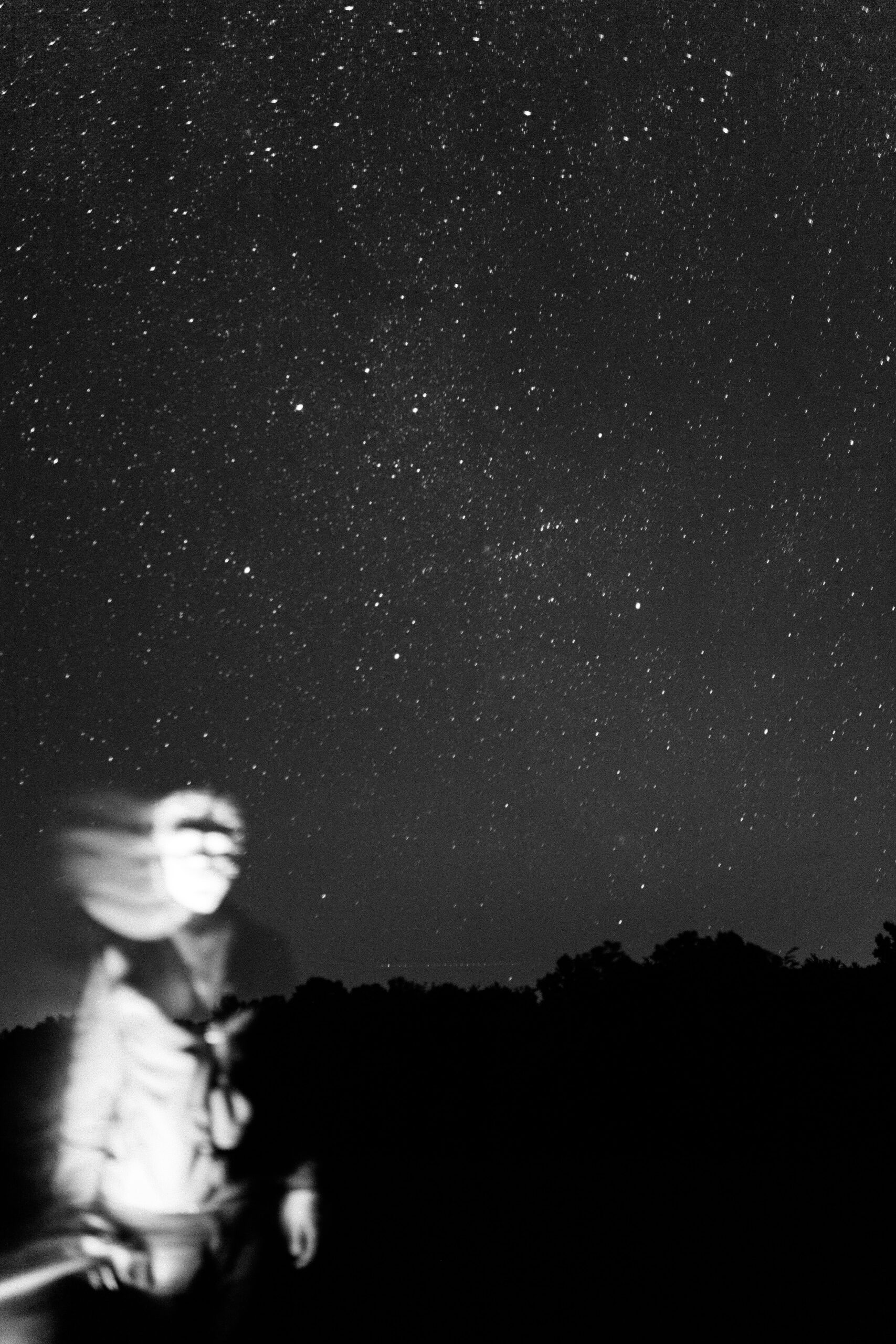
The Palazzo Vecchio in Florence is truly the ideal setting for a terrifying story told every year on the eve of All Saints: the ghost of Baldaccio d’Anghiari! Always in locations with an old narrative, ghosts or unpleasant shadows, or shadows who have not yet found peace in the hereafter. What was the identity of Baldaccio d’Anghiari? Baldo by Piero Bruni, also known as Baldaccio Bruni or Baldaccio D’Anghiari, was a chieftain who resided between Anghiari and Florence in the first forty years of the 1400s. He was born into an ancient and extremely famous Anghiari family, and due to his impulsive and restless character, he was named Baldaccio, which caused him many issues.
He left the safety of his family to pursue an adventurous and scapegoat life, and the profession of arms was the only one that suited his volatile character. In 1420, he was sentenced to death for murder together with some raiders, but he was able to avoid the sentence because the defendants were not apprehended. Baldaccio d’Anghiari was thus a mercenary soldier who protected and, above all, fought for those who paid him more. Francesco Sforza appointed him commander of the Florentine army, but the captain of Ventura challenged the Milanese duel nobility, winning the Anvasciasese. Guidantonio da Montefeltro, Lord of Urbino, Piccinino, Pope Eugene IV, Orsini, and others battled beside him. All of his murder charges were overturned as a result of his reputation, but the most remarkable thing was that Baldaccio d’Anghiari was granted Florentine citizenship. Cosimo the Elder, a rising star in Florentine politics, started to fear the figure of this leader, and it appears that he was the mastermind behind a plot against Baldaccio. The immense influence of the head of the doctors’ family demonstrated itself by planning the assassination of Baldaccio d’Anghiari, while not appearing firsthand. On September 6, 1441, Baldaccio was slain at Palazzo Vecchio by Sicari hired by the Gonfaloniere of justice, Bartolomeo Orlandini, who was loyal to Cosimo de ‘Medici’s group. The conspirators set a trap for the captain of Ventura inside Palazzo Vecchio, and Baldaccio was stabbed in the Tower of Arnolfo. His lively corpse was then thrown from one of the tower’s windows and carried into Piazza della Signoria, where he was beheaded. It was a clear signal to all the Medici faction’s adversaries. The remains was later interred in Florence’s Basilica di Santo Spirito.
Since then, Baldaccio’s spirit has appeared cyclically (every fifty years) in the Castle of the Sorci in Anghiari, on the anniversary of his death. This is not the only incident; in fact, on specific days, like as the eve of the feast of All Saints, the spectrum of Baldaccio turns, in the rooms of Palazzo Vecchio and near the sites where it was murdered. In September 1991, he appeared on the Vecchio bridge to a Florentine youngster, who set the image of a man in arms with a photograph, most likely Baldaccio d’Anghiari himself, incredulously. Following that, the ghost of the leader offered proof of his existence on numerous occasions, most likely to indicate that his was not a murder for treason against the Florentine Republic, but a conspiracy of the doctors. This is the narrative of Baldaccio d’Anghiari, a figure who is restless both in life and in death!



